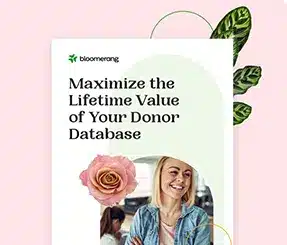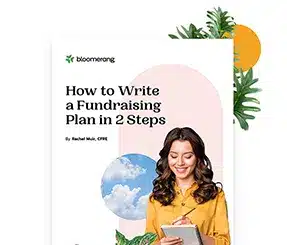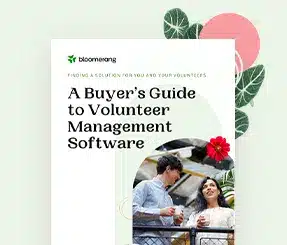3 Examples of Nonprofit Donor Surveys


Full Platform Overview Chat With Us



Full Platform Overview Chat With Us




If you’ve stayed at a hotel, rented a car or bought groceries sometime in the last year, you’ve probably received a customer satisfaction survey.
For-profit businesses understand that in order to retain customers, they need to continuously collect and act on feedback.
Unfortunately, this sector’s equivalent – nonprofit donor surveys – are not as ubiquitous.
If you’re wanting to get started surveying your donors, here are three examples that you can draw inspiration from:
Our friends at SOFII highlighted this new donor survey as part of WWF’s new donor welcome kit. It asks the following multiple choice questions:
Not only do you show the donor that you care, but you can craft a communication strategy around their answer (all with the goal of getting a second gift).
This survey from charity: water differs from the WWF survey in that, instead of focusing on getting to know the donor, it focuses on the communication experience of the donor.
Similar to a net promoter or customer satisfaction survey that you would see from a for-profit, charity: water’s survey asks three simple questions:
Because charity: water communicates so frequently with donors (through water well project updates and other stewardship content) it makes sense that they would solicit feedback from donors as to how they are enjoying that content.
Knowing who is least likely and most likely to donate again is very helpful in either adjusting or validating ongoing communications.
A dedicated lapsed donor survey is a great way to re-engage donors who have stopped giving
Our friend Pamela Grow brought this lapsed donor survey from Ontario Nature to our attention.
This survey is page 4 of a 4-page re-engagement letter created by the geniuses at Agents of Good.
After a 2-page appeal to come back to the org, and a 1-page reply device, the recipient is presented with a 2-question survey:
The emotion of the letter combined with the request for honest feedback allows for three possible outcomes (other than a non-response), and all three are positive:
First-time donors, active donors and lapsed nonprofit donor surveys represent three of the best segments, but you don’t have to stop there. Consider surveys following:
Whatever you choose, make sure you do segment the survey recipients by interaction recency, frequency and type. It will give you deeper insights and illustrate to the donor that you know what kind of constituent they are.
Donor surveys are great for a variety of circumstances. Your supporters want to hear from your organization and feel as though you value their input. Consider sending surveys to your donors on different topics like:
Donors in the digital age want a customized experience from your nonprofit, and they want to feel like a valued part of your community. By collecting their preferences from them, you can store that information in your donor database and use it to strengthen every interaction you have with them.
For practical help crafting an effective survey, as well as what not to do, check out these two articles from DonorVoice.
For more question ideas, check out this list of 23 questions you can ask in a donor survey (just don’t ask all 23!).
Do you use nonprofit donor surveys? If so, share your favorite questions below!

Comments
Aurora